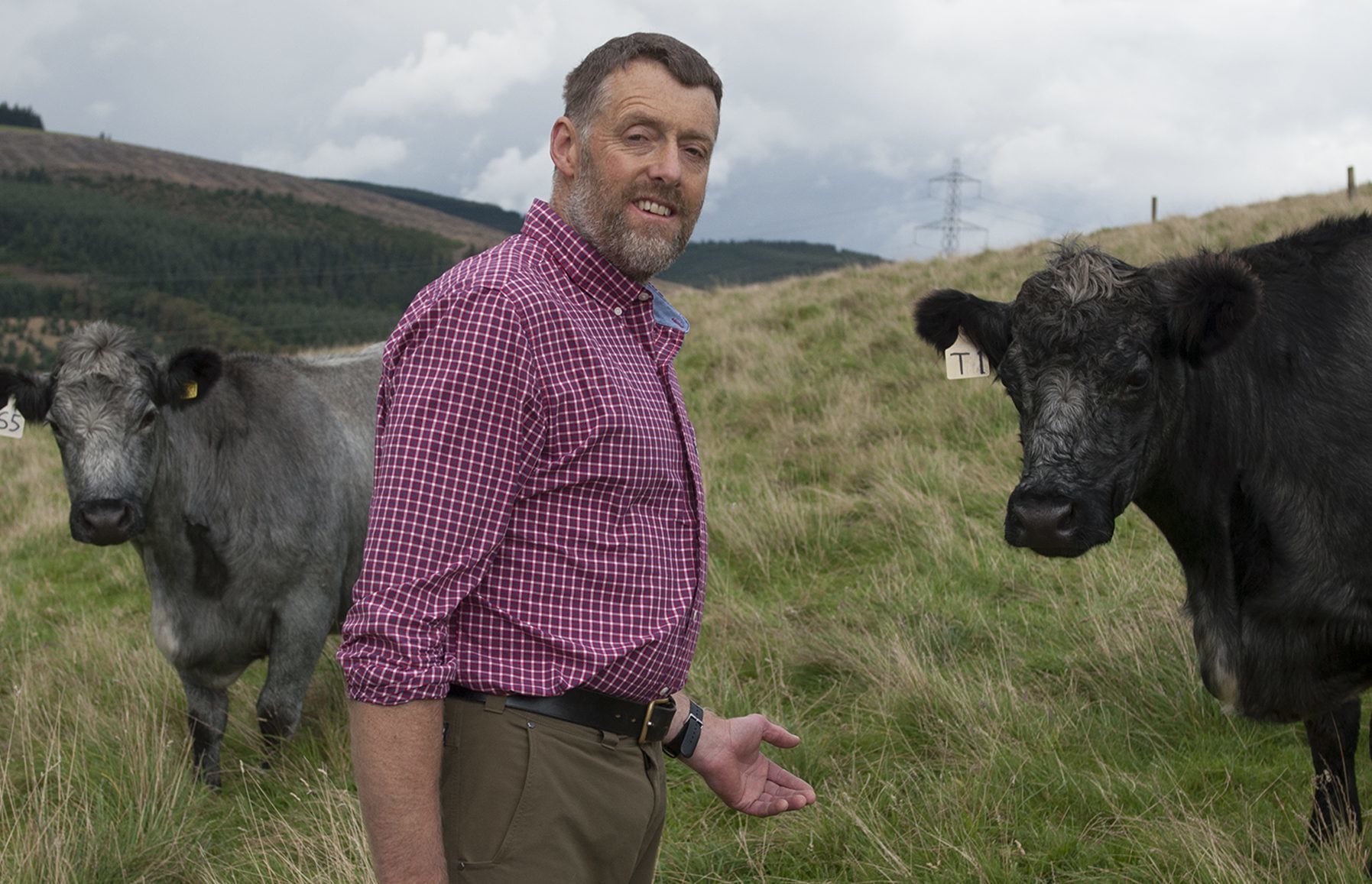A novel approach to assessing contrasting upland enterprises will be considered at a research farm in the foothills of the Grampians.
The Scottish Government’s 1000ha Glensaugh unit just north of Laurencekirk is playing host to a meeting where farmers will hear about the varying environmental “fits” of sheep, deer, forestry and cattle.
Glensaugh is tenanted by the James Hutton Institute and used by scientists as a platform for environmental research. Livestock include 100 red deer hinds, 400 Blackface ewes, 450 cross bred ewes and 50 suckler cows.
Farm manager Donald Barrie has been focusing on how well management enterprises fit the environment, particularly in relation to overwintering.
“We’ve all been encouraged to farm in a way that’s over reliant on purchased inputs and bought-in resources,” he said.
“Even if we make silage ourselves we’re still using a whole lot of energy and incurring costs. If we instead adapt our systems to run on natural grass we can avoid the costs involved in winter feeding.
“The Blackface ewe is very well suited to grazing heather heath, so it’s efficient and a good fit with the environment because output is sustainable with a minimal level of input,” he said.
“And the red deer herd is a fantastic environmental fit. They find the living easy here and out winter well. Overwintering is really the show stipper in Scotland.
“But at the other end of the spectrum are the suckler cows. They’re a disaster in terms of environmental fit as they require supplementary feeding for six or seven months of the year, and the calves aren’t even half way to slaughter weight when the fat lambs have already gone off to market in October.”
Mr Barrie said the low ground sheep were a poorer environmental fit.
“But they produce a fantastic level of output. We’re scanning at 200% here and see them finishing already at the beginning of September.”
According to Mr Barrie, growing and utilising quality grass is key to efficiency on this type of land.
“What’s remarkable about Glensaugh is that even as a marginal upland farm, it can grow very good grass, and some land punches way above its weight.
“By growing good grass and getting lambs to grow and finish quickly we’re avoiding the costs of them dwelling too long on the farm,” he said.
“Cows have their place to help us manage grass. They’re valuable, but not the main feature in a managed natural environment like this.”
Woodland is another land use that is being managed at Glensaugh, with around 4ha/year planted for the last eight years.
“Managing our livestock is the day job and without them there would be no farm. But planting woods on some of our poorest land adds value to our property in ways that livestock systems can’t. I often remark to visitors that no-one will ever remember me for how I farmed Glensaugh, but I might be remembered as the man who planted the woods.
“My philosophy as a manager is that we are in it for the long term; we need to be operating efficiently at a seasonal level, but planning ahead at a generational level. I think that the Scottish government would like to encourage more of that long term visionary management and to encourage farmers to co-operate to achieve results at a landscape scale.”
nnicolson@thecourier.co.uk







